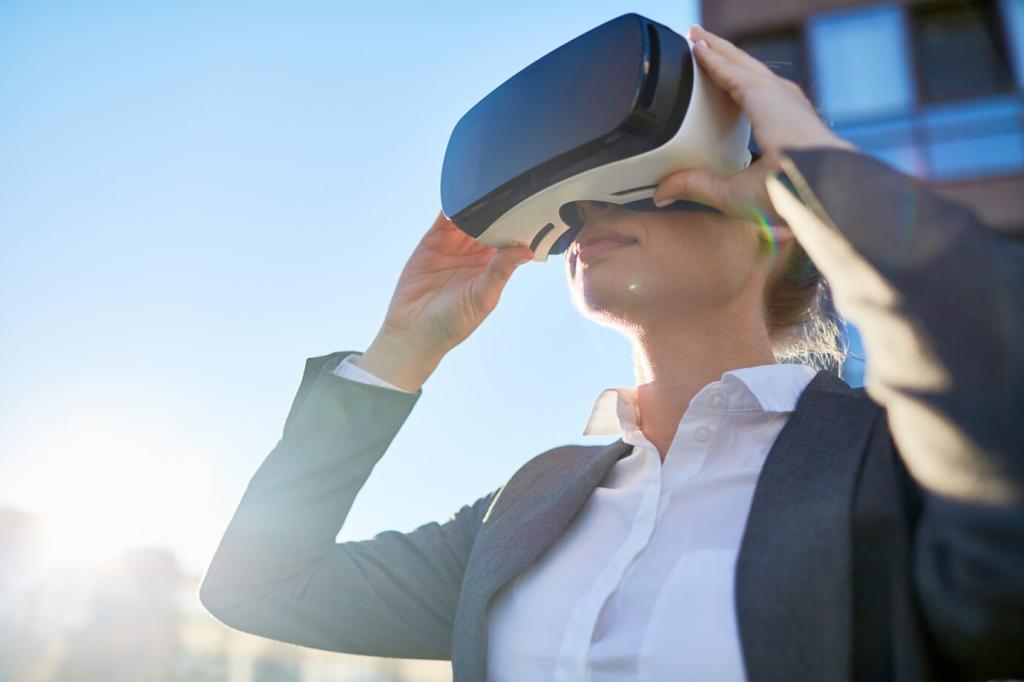In‑Situ Resource Utilization: Building with Local Space
NASA’s MOXIE demonstrated oxygen production from Mars’s carbon dioxide atmosphere, a first step toward refueling and breathable air. Scaling that tech could transform mission mass budgets. Would you prioritize oxygen, water, or fuel first?
In‑Situ Resource Utilization: Building with Local Space
Excavation rovers promise to harvest icy regolith at polar craters, feeding electrolyzers and storage tanks. Autonomy will matter where dust, cold, and darkness conspire. Which robotic design do you think can brave those extremes reliably?
In‑Situ Resource Utilization: Building with Local Space
Regolith-based 3D printing could create radiation-hardened walls with minimal Earth-supplied materials. Mixers, binders, and sintering lasers turn local dirt into durable shelter. Would you sleep soundly inside a house literally made of moonlight and stone?




